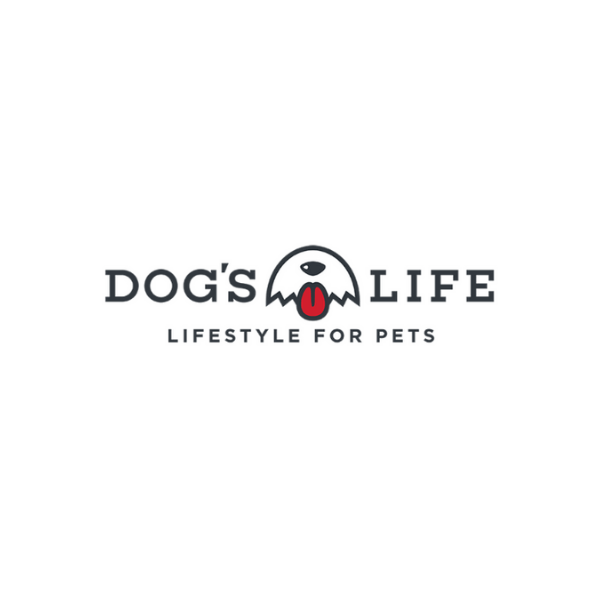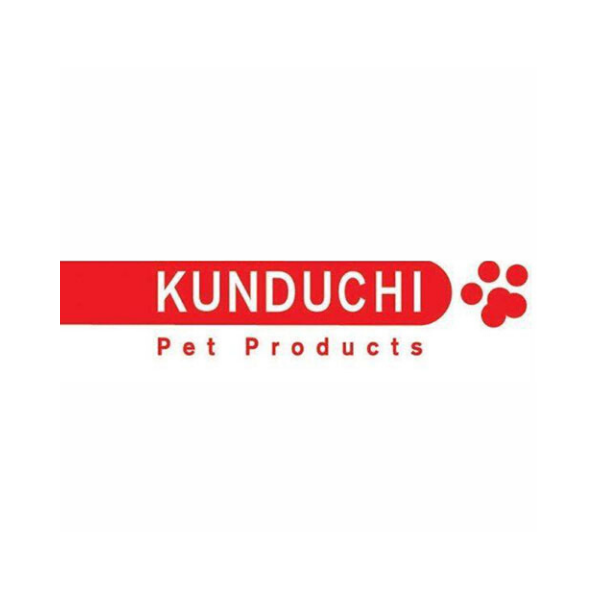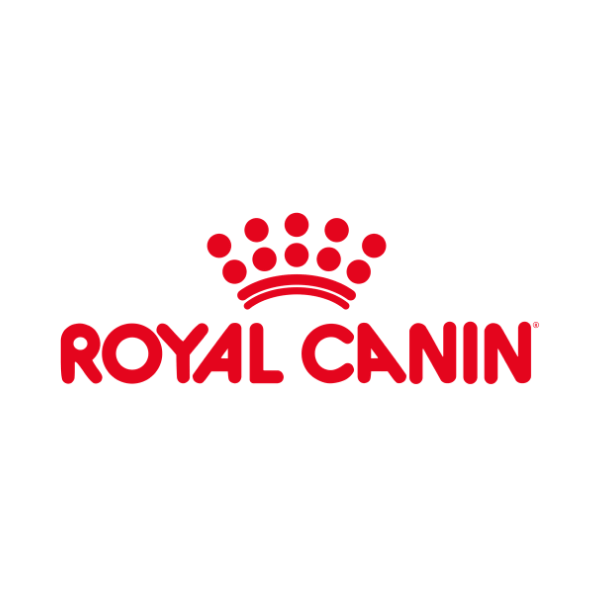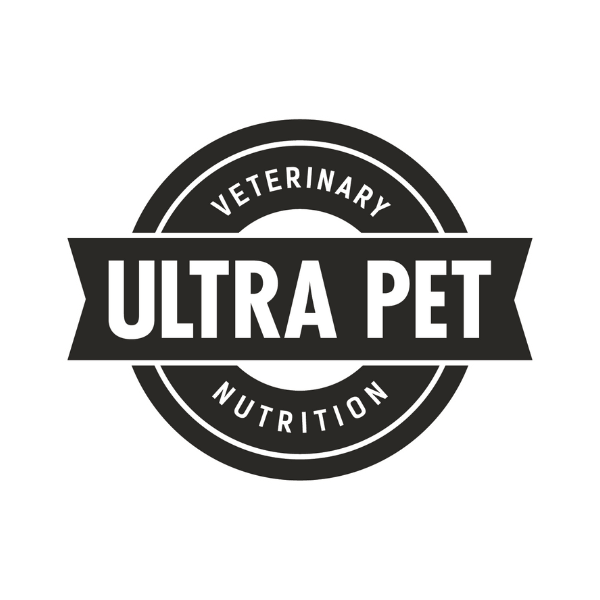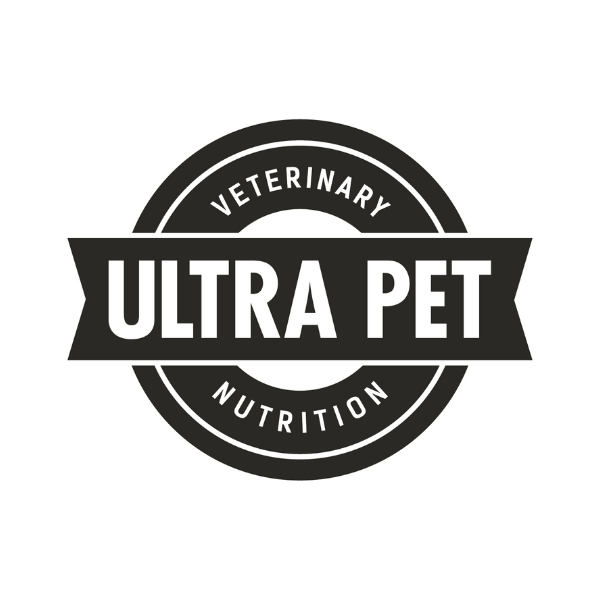Dental Disease In Pets
Stomatitis
Stomatitis is a severe, painful inflammation of a pet’s mouth and gums. In most cases, the condition causes ulcers to form in the mouth. These ulcers can involve the lips, tongue, gums and back of the throat.
There is no single cause of stomatitis. Dental disease (particularly periodontal disease) is commonly implicated as a cause of stomatitis in pets.
In many cases, the cause is assumed to be immune mediated, this means that the pet’s immune system attacks its own oral tissues as an abnormal response to bacteria in the mouth. Other medical conditions in cats that can be associated with stomatitis include infection with viruses, such as feline leukaemia virus (FeLV), feline immunodeficiency virus (FIV), calicivirus and bartonellosis.
Stomatitis is extremely painful. In some cases, an animal suffering from this condition may be in too much pain to open his or her mouth to eat. In other cases, they may try to eat but drop the food as soon as it touches the mouth. Other clinical signs may include drooling (sometimes with blood), unkempt hair coat (because grooming is painful), anorexia, bad breath, weight loss and pawing at the face or mouth.
Because the condition is very painful, initial treatment generally includes giving medication to control pain and inflammation and antibiotics are also commonly administered.
Although stomatitis is difficult to completely cure and treatment tends to be long term, your veterinarian will likely recommend managing dental disease as part of the overall treatment plan. A thorough dental cleaning may be recommended and many pets do well if the molar and premolar teeth are removed.
If the pet has an underlying illness that can be treated, treatment should be pursued.
Long-term outcomes can vary. Many pets with stomatitis require long-term treatment with anti-inflammatory medications and antibiotics intermittently to control the condition. At-home tooth brushing and other dental care, such as oral gels, water additives and even dental chews are recommended to reduce the accumulation of plaque and associated inflammation in the mouth.
Periodontal Disease
Did you know that periodontal disease is the most common disease in adult dogs and cats?
Periodontal disease is the inflammation and infection of the gums around your pet’s teeth. It is caused by bacteria that build up in your pet’s mouth, ultimately, they form soft plaque that can get underneath the gum line and harden into tartar. The key is to catch periodontal disease in dogs and cats early!
The most common signs of dental disease are consistent bad breath, gums that look irritated, a build-up of visible tartar or plaque, teeth that look discoloured or darker compared to the others, heavy salivation, trouble picking up food, reluctance to eat (this tends to be more of an issue with cats), favouring one side of the mouth for chewing, bumps and lumps the mouth and the swallowing of food without chewing it first.
The process is gradual. Initially, your pet will feel some mild discomfort. If periodontal disease isn’t treated, though, it can cause more significant issues. Some of these issues include chronic pain, destruction of your pet’s teeth, gums and bones and even damage to your pet’s major organs.
The symptoms of periodontal disease aren’t always easy to notice.
As you know, dogs and cats have a knack for hiding pain, but that being said, even the toughest dog or cat may show some signs.
The treatment of dental disease depends greatly on the severity at the time of presentation. If your pet is in the first two stages of the disease known as gingivitis and mild periodontitis, dental cleanings can help reverse the progress of the disease. In some cases, teeth may need to be extracted. The sooner you start to clean your pet’s teeth, the less likely it will be necessary to extract teeth.
If the disease progresses, however, your pet can get moderate to severe periodontitis. In these stages, it’s likely your pet is in pain and you can expect multiple extractions. It’s important to have your pet’s teeth cleaned immediately to help your pet avoid losing more gum tissue and teeth.
The key is to prevent the disease or start treating it as soon as possible. That way, your pet will be in as little pain as possible.
Pet periodontal disease can almost always be prevented or minimized. It takes a combination of home dental care and veterinary dental cleaning. We recommend starting with brushing from a young age so that your pet can get used to the sensation. Also, adding water additives and using oral gels will be of great help when fighting plaque and tartar build-up.
Retained deciduous teeth
A dog or cat’s baby teeth are also known as deciduous teeth or primary teeth. Have you ever felt those sharp little needle teeth when playing with puppies and kittens? That’s them.
Much like humans, dogs and cats have two sets of dentition: primary and permanent. Dogs have 28 deciduous teeth, which are replaced by 42 permanent teeth as they age. Cats have 26 deciduous teeth and 30 permanent teeth.
Deciduous teeth begin erupting when your pet is around 3-4 weeks of age. Permanent teeth begin erupting at 4 months of age and finish erupting by 7 months of age.
Normal tooth eruption involves the deciduous tooth falling out or resorbing once the permanent tooth begins to erupt. Retained deciduous teeth are teeth that don’t fall out once the permanent tooth erupts. This condition is seen most commonly in small breed dogs but can occur in medium to large breed dogs and cats. The most common retained deciduous tooth is the upper canine tooth, followed by the lower canine tooth. Incisors are the third most common retained teeth.
Occasionally, premolar deciduous teeth can fail to exfoliate.
Retained deciduous teeth can cause multiple problems for a growing dog or cat. With a retained maxillary (upper jaw) canine tooth, the permanent tooth typically erupts immediately in front of the deciduous tooth. Subsequently, tartar accumulates between the two teeth leading to periodontal disease and eventually the loss of the permanent tooth. These malpositioned teeth will often be in traumatic contact with soft tissues of the mouth and is very painful!
Retained incisor and premolar teeth will lead to crowding, tartar accumulation and subsequently periodontal disease. Additionally, when teeth do not follow the normal eruption pattern, it can lead to jaw malformation. This malformation will keep the maxilla and mandible from growing properly and may inhibit your pet’s ability to eat in a traditional manner. When the maxilla and mandible is not in a normal relationship with each other, it is called a malocclusion.
Once a retained deciduous tooth has been identified, it should most often be extracted. This is particularly true when the permanent tooth has already erupted. This violates the orthodontic “Rule of Succession”, which states that no two teeth should occupy the space that only one should be in.
A complete oral exam needs to be done under anaesthesia to address persistent teeth.
Our pets are oftentimes much more tolerant of oral pain than we would be in a similar situation. If a retained deciduous tooth is removed early, the permanent tooth has a greater chance of erupting in a normal pattern.
Puppies and kittens should have their teeth evaluated closely at every visit to ensure the normal tooth eruption pattern is occurring. When a malocclusion is identified, the sooner it is addressed, the better. This will result in relieving associated pain sooner and usually provide a greater number of treatment options for a veterinarian to offer their pet owners.
















